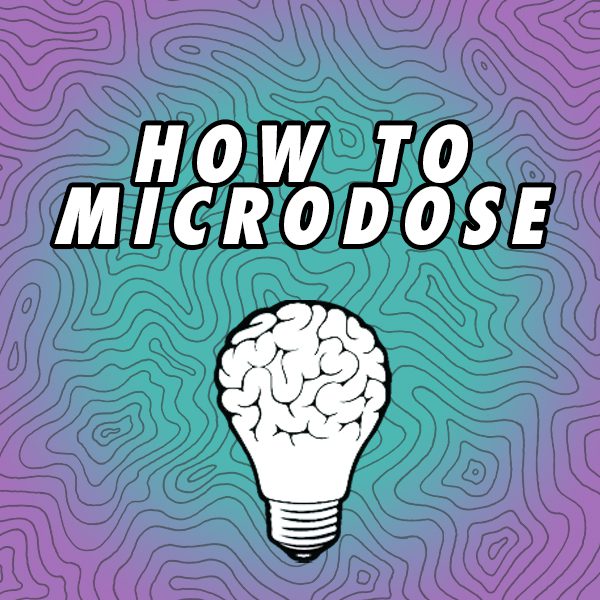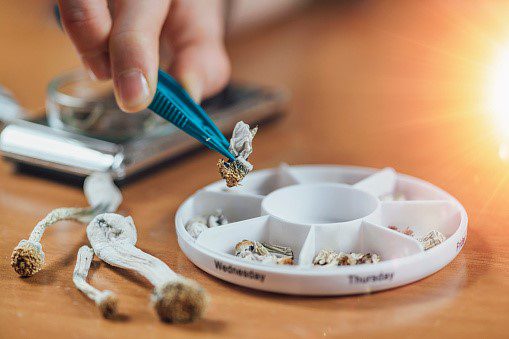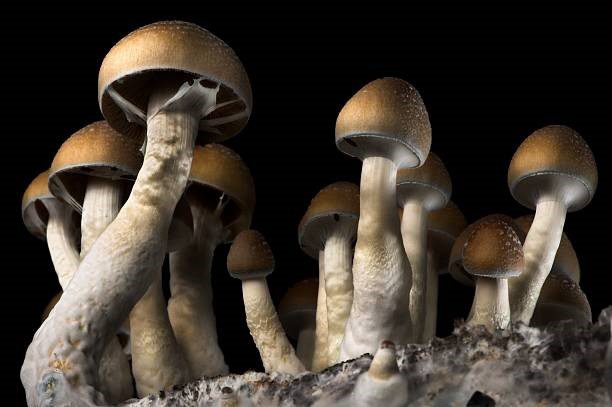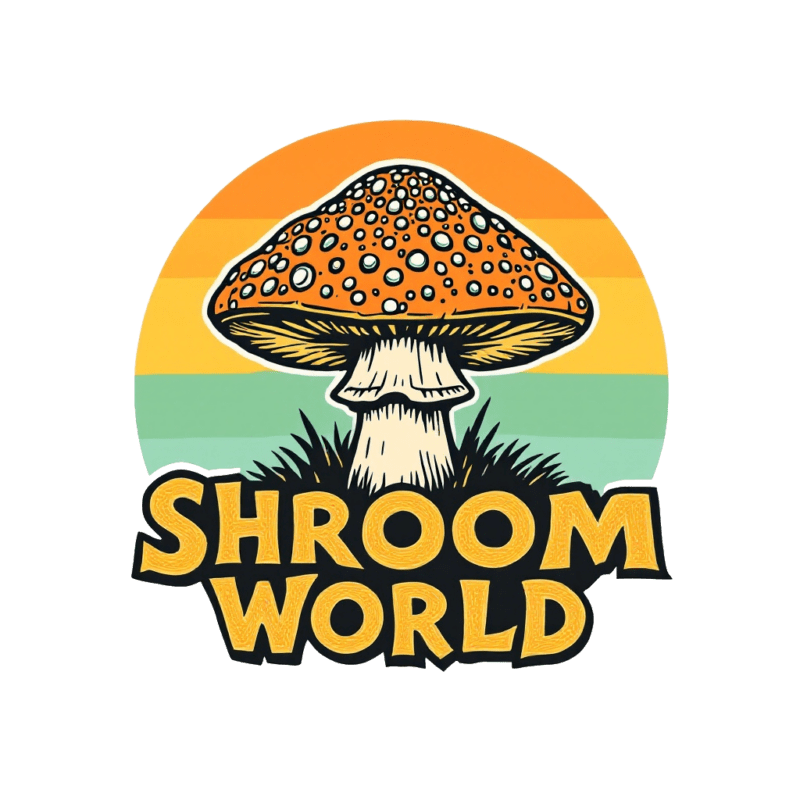
Thinking about taking this magical drug? Ever wondered what exactly happens when you take magic mushrooms? Want to listen to trip reports about others experiences? In this unbiased blog you’ll explore the effects of wild psychedelic mushrooms including the risks and benefits of taking them in the modern world. Educate yourself and learn the history of these psychedelic plants before you decide to go further with whatever you’re thinking. There are plenty of fascinating facts, stories and intriguing questions you’re going to come across that may shock you in a delightful manner.
Microdose mushrooms / microdosing psilocybin is typically a 30-day system of ingesting small, sub-perceptual, amounts of psychoactive mushroom species for the intent of improving positive long-term psychological and neurological improvements. These fractional doses, compared to creative or therapeutic dose amounts, are designed to produce positive benefits without drastically altering your everyday consciousness — if you are hallucinating, or feeling “high”, you’ve ingested too much.
Microdosing with psilocybin mushrooms is a fairly straightforward process. Essentially, you need to prepare your microdoses, consume the microdose at the appropriate time, and follow a month-long protocol to ensure you experience lasting benefits. We outline each one of these elements in more detail below.
Preparing Your Microdose

Preparing psilocybin mushrooms for microdosing involves more steps than microdosing with LSD, but is still straightforward. The trickiest part is estimating how much psilocybin is in a particular mushroom. Different strains of mushrooms will not only have different quantities of psilocybin, but fresh and dried psilocybin mushrooms do, too. Even different parts of the mushroom contain slightly different amounts
When you take a dose that makes you feel some changes (most notably drowsiness, the first effect that comes on in a psilocybin trip), roll it back to just under that amount. That’s your mushroom microdose sweet spot.
You can use any kind of psilocybin mushrooms for microdosing. The most popular ones are Psilocybe cubensis, Psilocybe semilanceata, Psilocybe azurecens, Psilocybe cyanescens, and Panaeolus. Just be aware how much psilocybin content your strain has (for example, the last two are rich in psilocybin), and adjust your microdose accordingly. You can learn about the potency levels of different Psilocybe strains on many sites.
Read our full guide on preparing Psilocybin Mushrooms for microdosing here:
There is multiple ways in how to consume your microdose. The easiest and most practically feasible method to dose comes in our vegan friendly gel capsules. By doing this you are ensuring yourself of even distribution and also hiding the slightly not so appealing taste. In addition to that, by using this application method one can also control their own experimental approach in regards to the exact amount of capsules desired.
Shroom tea is much easier on the stomach than chewing and swallowing raw magic mushrooms. That’s because making shrooms into tea is in essence cooking your raw mushrooms and making them into a homemade psilocybin extract. Besides making the magic mushrooms come on a little faster and possibly stronger, some folks report that the type of tea bag, herbs, or fruit they mix with their shroom tea can also have an effect on their mushroom experience.
Check out our suggested microdosing schedule below.
Microdosing Schedule
The best time of day for microdosing is the morning or early afternoon. Microdosing mushrooms often provides an energy boost similar to that of a cup of coffee, so it’s best to avoid taking a microdose at night as it may interfere with your ability to sleep.
Microdosers tend to see the best results when they follow a schedule. However, microdosing every day generally isn’t a good idea, since your body will quickly build a tolerance to the medicine and you may see diminishing results.
Taking two or three days off between microdosing days will give your body the chance to fully clear the psilocybin from your system and help maintain a steady tolerance level, meaning you won’t have to constantly adjust your dose.
The following is an example of a microdosing schedule, which repeats every three days:

Day 1: Microdose 0.1g in the morning. Effects will be the strongest on this day, and you may experience increases in energy, creativity, focus, and a positive mood.
Day 2: No microdose. On this day, you may experience some “afterglow” effects of the microdose the day before, including a slightly more pleasant mood.
Day 3: No microdose. On this day, you most likely won’t notice any changes from your normal mood or state of mind.
Day 4: Microdose 0.1g in the morning (cycle repeats).
Many recommend repeating this cycle for at least two weeks, but no longer than two months. At this time, no long-term studies on the effects of microdosing have been published, so to stay on the safer side we recommend taking time off from microdosing periodically.
Determining Your Ideal Dose
While 0.1g every three to four days is a good starting point, you may find after some time that you need to adjust the size of your microdose. Many factors go into determining your ideal dose, including your weight, metabolism, and other features, as well as the strain of the mushroom. It can be hard to account for all of these factors accurately, which is why microdosing takes some trial and error, as well as patience.
Different strains of mushrooms contain different amounts of psilocybin. If you know the strain of your mushrooms, do some research on their potency before you start microdosing and adjust accordingly.
If you don’t notice any effects after microdosing, this may mean you could benefit from a slightly higher dose. Increase the amount by 0.05g each time you microdose, until you begin to observe the effects.
Conversely, if you start to feel drowsy after taking a microdose, you may need to take slightly less. Drowsiness is one of the first signs of the onset of a trip, but this isn’t cause for concern. You’re very unlikely to experience a full-fledged trip after microdosing. Checking that your measurements were accurate, and then slightly lowering your dose if you feel it’s necessary, may reduce feelings of drowsiness and help you experience the desired effects of microdosing.
